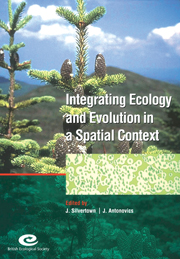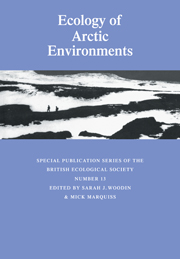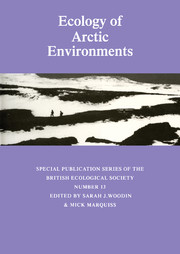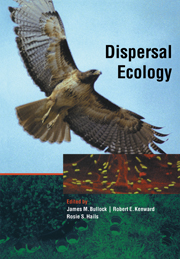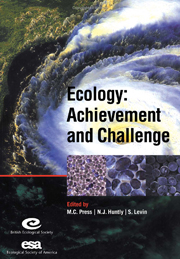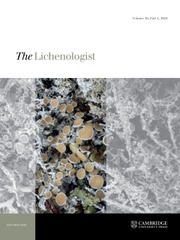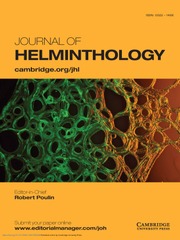Integrating Ecology and Evolution in a Spatial Context
The profound consequences of the deceptively obvious statement that plants stand still but their genes don't are only just becoming clear. In this volume, an international team of authors, experts in the field of population biology, aim to advance our understanding of ecological and evolutionary processes by integrating them within a common frame of reference: space. Processes operating at three different spatial scales are examined: that of the population, metapopulation and the geographical range. Themes that recur at these different scales include spatial population dynamics, population genetics at boundaries, the imprint of spatial population dynamics upon genetic structure, adaptation, evolution of mating systems and the consequences of population genetics for ecological dynamics. Whilst the focus is largely on plants, the questions addressed are equally applicable to animals. It will be a valuable tool for researchers and advanced students, not only in this field, but also evolutionary biology and resource management.
- Advances the understanding of ecological and evolutionary processes by integrating them in a spatial context
- Contributors drawn from the leading international authorities
- A landmark book in plant population biology
Product details
August 2001Paperback
9780521549332
438 pages
244 × 173 × 23 mm
0.958kg
117 b/w illus. 25 tables
Available
Table of Contents
- Part I. Populations:
- 1. Plants stand still, but their genes don't: non-trivial consequences of the obvious J. Silvertown
- 2. Causes and effects of small-scale spatial structure in plant populations R. Law, D. W. Purves, D. J. Murrell and U. Diekmann
- 3. Inferences about spatial processes in plant populations from the analysis of molecular markers R. A. Ennos
- 4. Mating systems and population genetic structure in the light of coalescent theory D. Charlesworth and J. R. Pannell
- 5. Spatially explicit studies on the ecology and genetics of population margins J. Antonovics, T. J. Newman and B. J. Best
- 6. The scale of local adaptation in forest plants G. Bell, M. J. Lechowicz and M. Waterway
- Part II. Metapopulations:
- 7. Spatially realistic models of metapopulation dynamics and their implications for ecological, genetic and evolutionary processes I. Hanski
- 8. Landscape fragmentation and the viability of plant populations O. Eriksson and J. Ehrlén
- 9. The interaction of genetic and demographic processes in plant metapopulations: a case study of Silene alba
- D. E. McCauley, C. M. Richards, S. N. Emery, R. A. Smith and J. W. McGlothlin
- 10. The demography and genetics of host-pathogen interactions J. J. Burdon and P. H. Thrall
- 11. Spatial dynamics of cytoplasmic male sterility S. A. Frank and C. M. Barr
- 12. The evolution of seed heteromorphism in a metapopulation: interactions between dispersal and dormancy I. Olivieri
- Part III. Geography:
- 13. Inferring glacial refugia and historical migrations with molecular phylogenies G. M. Hewitt and K. M. Ibrahim
- 14. From spatial patterns of genetic diversity to postglacial migration processes in forest trees R. J. Petit, R. Bialozyt, S. Brewer, R. Cheddadi and B. Comps
- 15. Comparative phylogeography of northwestern North America: a synthesis S. J. Brunsfeld, J. Sullivan, D. E. Soltis and P. S. Soltis
- 16. A geographical context for the evolution of plant reproduction systems S. C. H. Barrett, M. E. Dorken and A. L. Case
- 17. Adaptation at the edge of a species' range N. H. Barton
- 18. The unified neutral theory of biodiversity and biogeography: a synopsis of the theory and some challenges ahead S. P. Hubbell.

